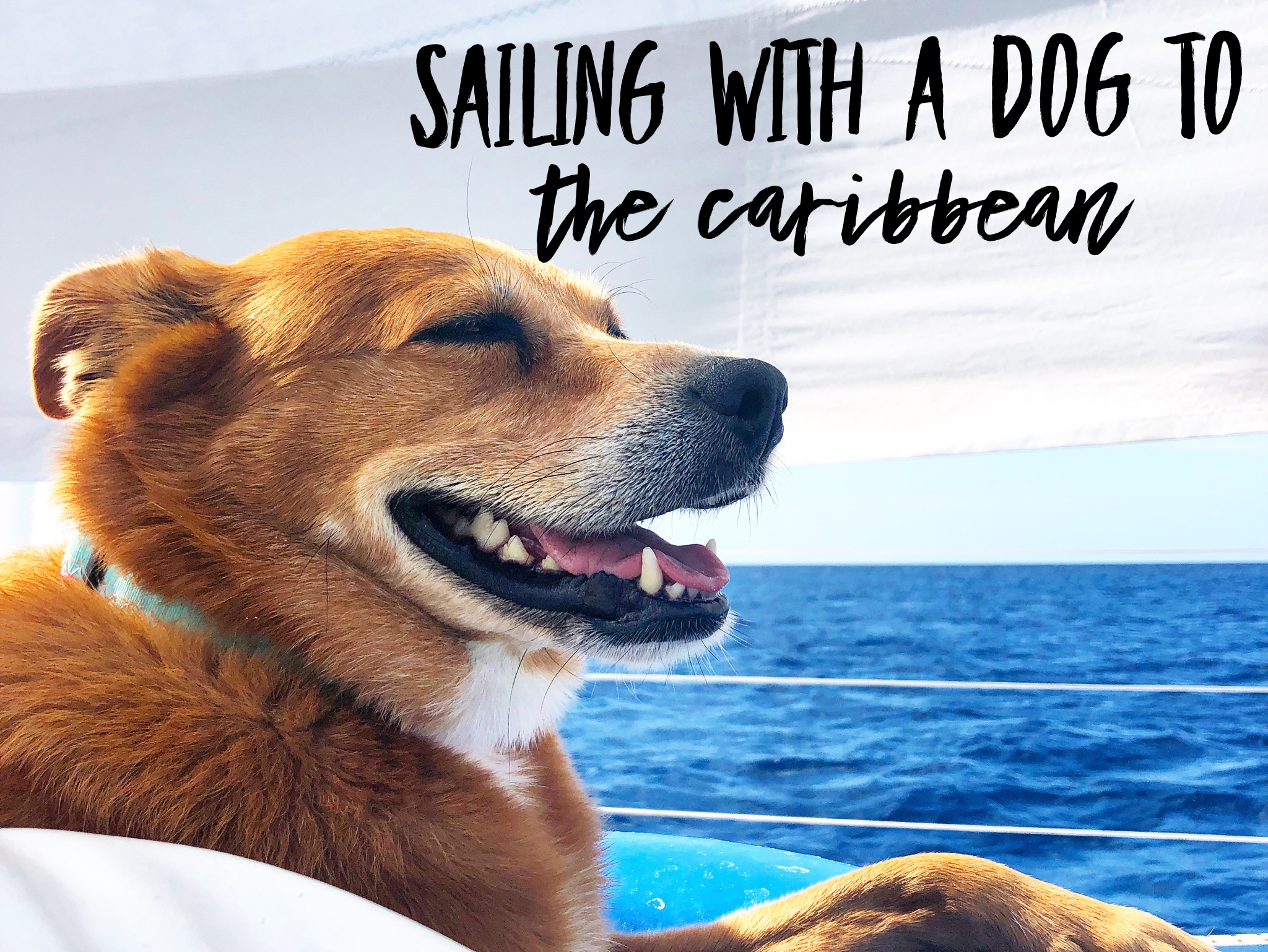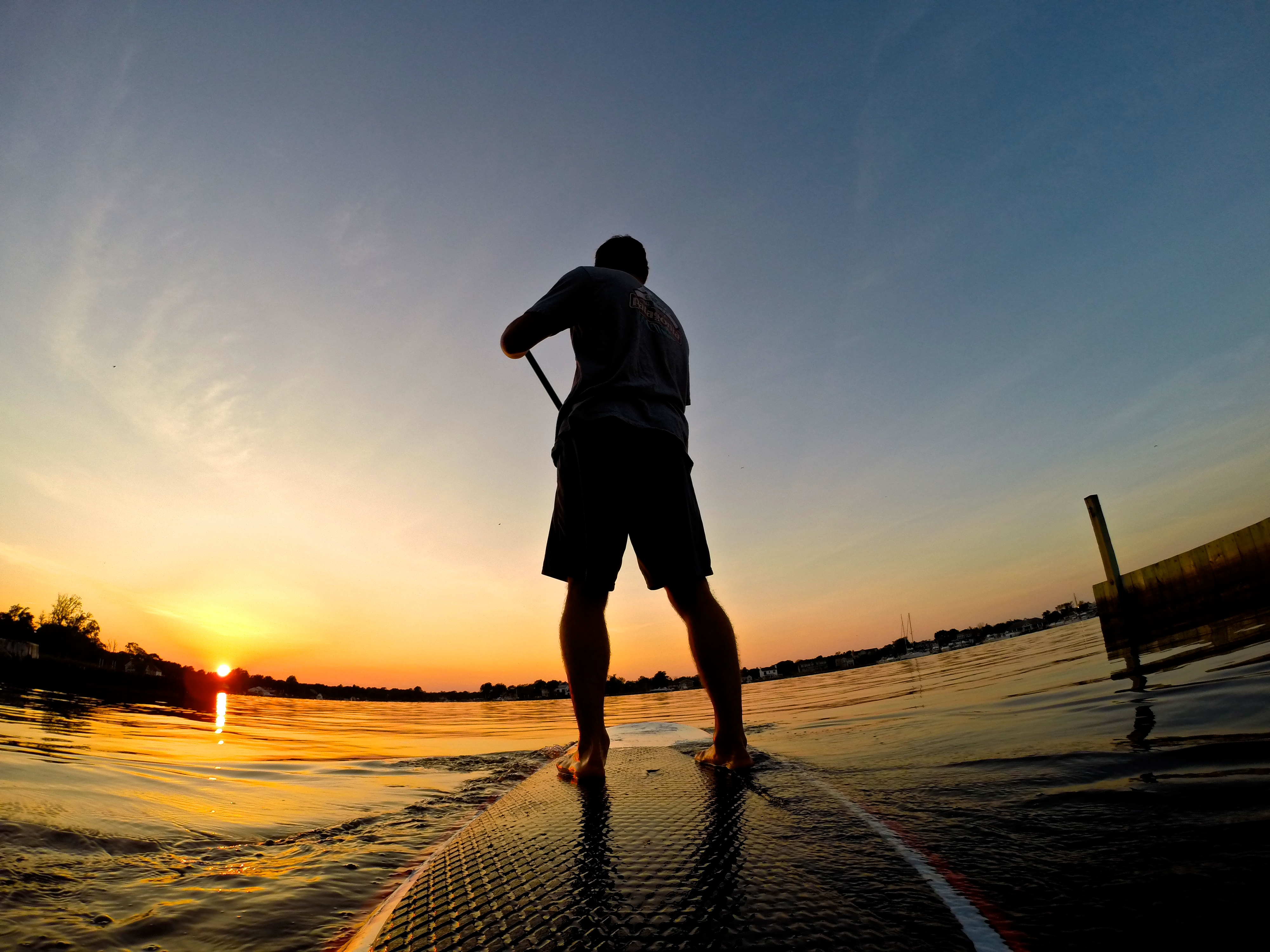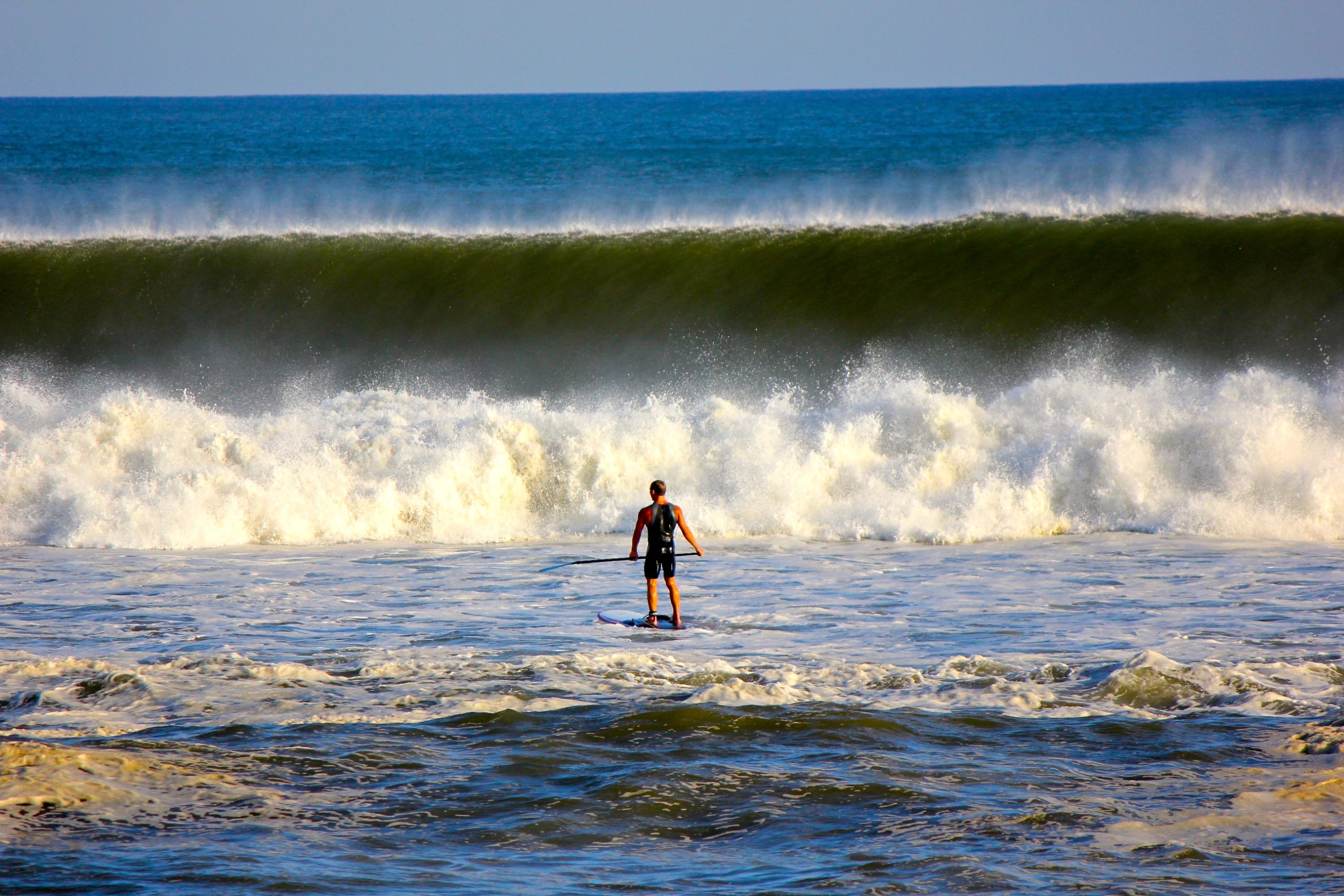Let’s face it while cruising, our Dinghy is like our car. She takes us diving, surfing, fishing, and exploring. Just like a car, dinghy’s also have requirements that must be met in order to legally drive. The United States Coast Guard has set up a list of federally required safety gear for boats under 16 feet. Below is a list of Dinghy safety requirements and a few things to consider bringing.
Dinghy Safety Checklist
PFD
There must be a personal flotation device for everyone on board. All PFD’s must be a Coast Guard approved Type, I,II,III or V. Children under 13 must wear a correctly fitted PFD. All other passengers do not have to physically wear it. We store two Type ll PFD’s and a couple Onyx belt pack inflatable type V PFD’s on our dinghy for unexpected passengers. They are much smaller than your standard PFD which means we have more room for our toys when we are on an adventure (Type V PFD’s must be worn to be legal).

Dinghy Safety Requirements
White all around light
The white light must be completely visible from all directions. I have seen many cruisers use one of the inflatable solar-powered lanterns as means of an all-around light. However, we prefer the Innovative Lighting LED white stern light it is stronger and can be seen from farther distances. It is hard for the bigger boats out there to see us in the dinghy. So the brighter the better.

Boats under 16 feet are required to have an all-around white light
Side-lights
Side-lights (red and green nav lights) are required at night if your max speed if over 7 knots. These nav lights must also be paired with the white all around light. Innovative Lighting also makes a portable LED bow light. The light is super easy to put on when you need it and store when you don’t. The suction cup works great on our inflatable dinghy.

Suction cup nav lights are great!
Sound Signal
All boats must have means of making an efficient sound. A good whistle will do, or you can opt for an air horn.

A sound signal is required!
Fire Extinguisher
Fire extinguishers are only required on boats with a permanent fuel tank. If you can easily unstrap your tank and toss it overboard in case of a fire you do not need to keep on onboard.
Visual Distress signals
If your dinghy is engine powered and you are motoring between sunset and sunrise you must carry a night visual distress signal. Orion handheld flares are Coast Guard approved and small enough to easily store on a dinghy.
Other Gear to Consider Bringing
Oars
We have all had one of those days where the engine just does not want to cooperate.
Bailer or Bilge Pump
It is nice to have a way to get unwanted water out.
Anchor
In case the engine goes unexpectedly and you need a way to stay in one spot while you figure out the issue.
Handheld VHF
Having weather updates and a way to call a possible mayday could be a lifesaver.
Hopefully, you pass your next “Safety Check” with flying colors:)
Sierra





I was always hoping you would do a comparison between life on the trawler and on the cat. Not many people have lived on both like you have. I’m sure there are good things and bad thing about both. I’m trying to decide and have chartered sailboats including cats but hard to rent a trawler for a reasonable cost. I’m amazed you have not been featured in some of the big publications. Maybe you should talk to an agent.
I will make a comparison soon! thank you for the idea:)
Tips on Dinghy shopping? Preferrably used and where to look plus recommended outboard size.
WestMarine dinghys run in the thousands. I live in Key West and just want something to put around the shallows in.